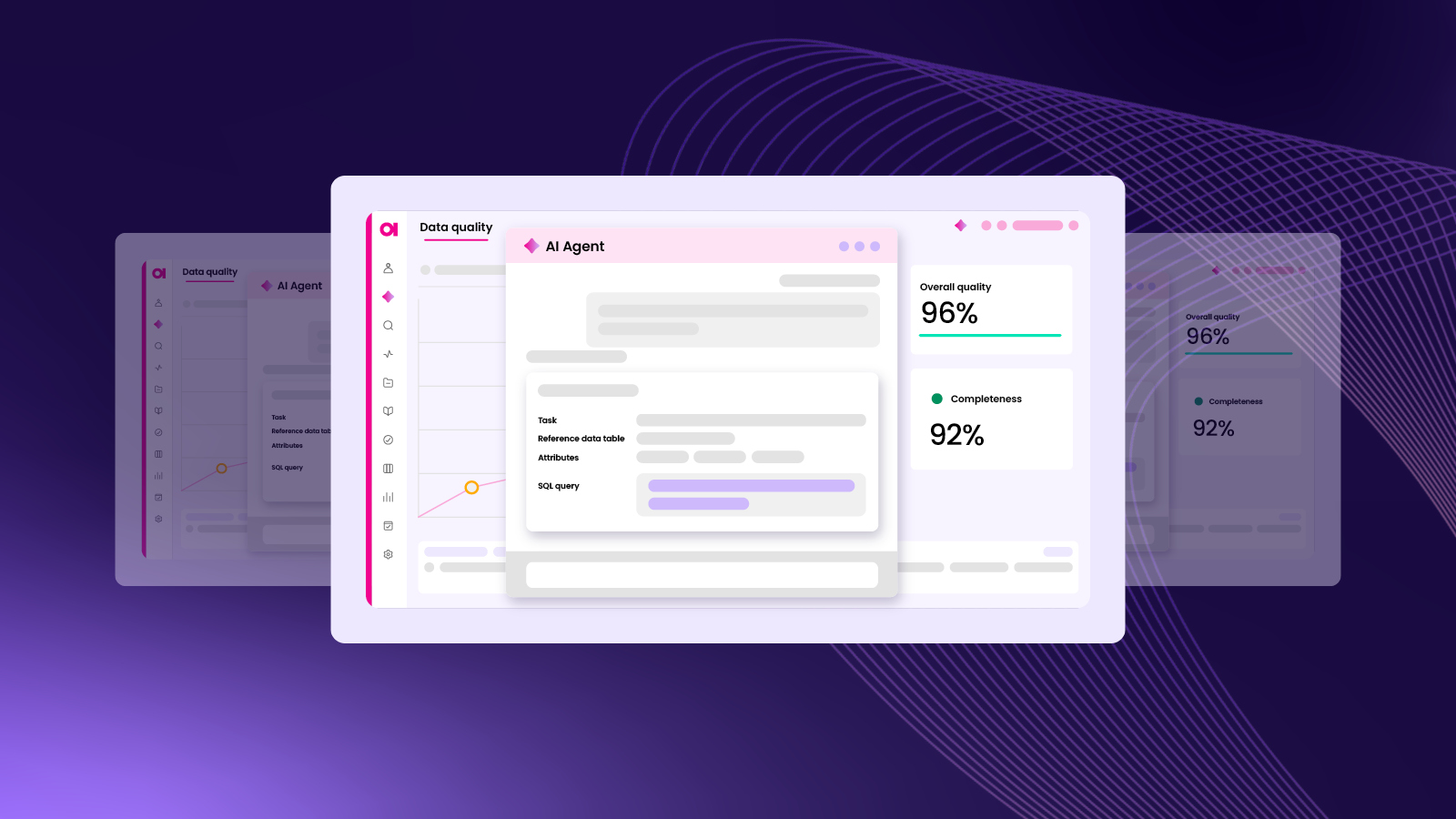Ebook
MDM
Download the MDM readiness checklist
April 15, 2024 1 min. read

This checklist equips you with the tools to align business goals with data initiatives, engage stakeholders, and build a solid foundation for your MDM strategy. Break free from data chaos and pave the way for a successful MDM implementation.
Date 15.04.2024







